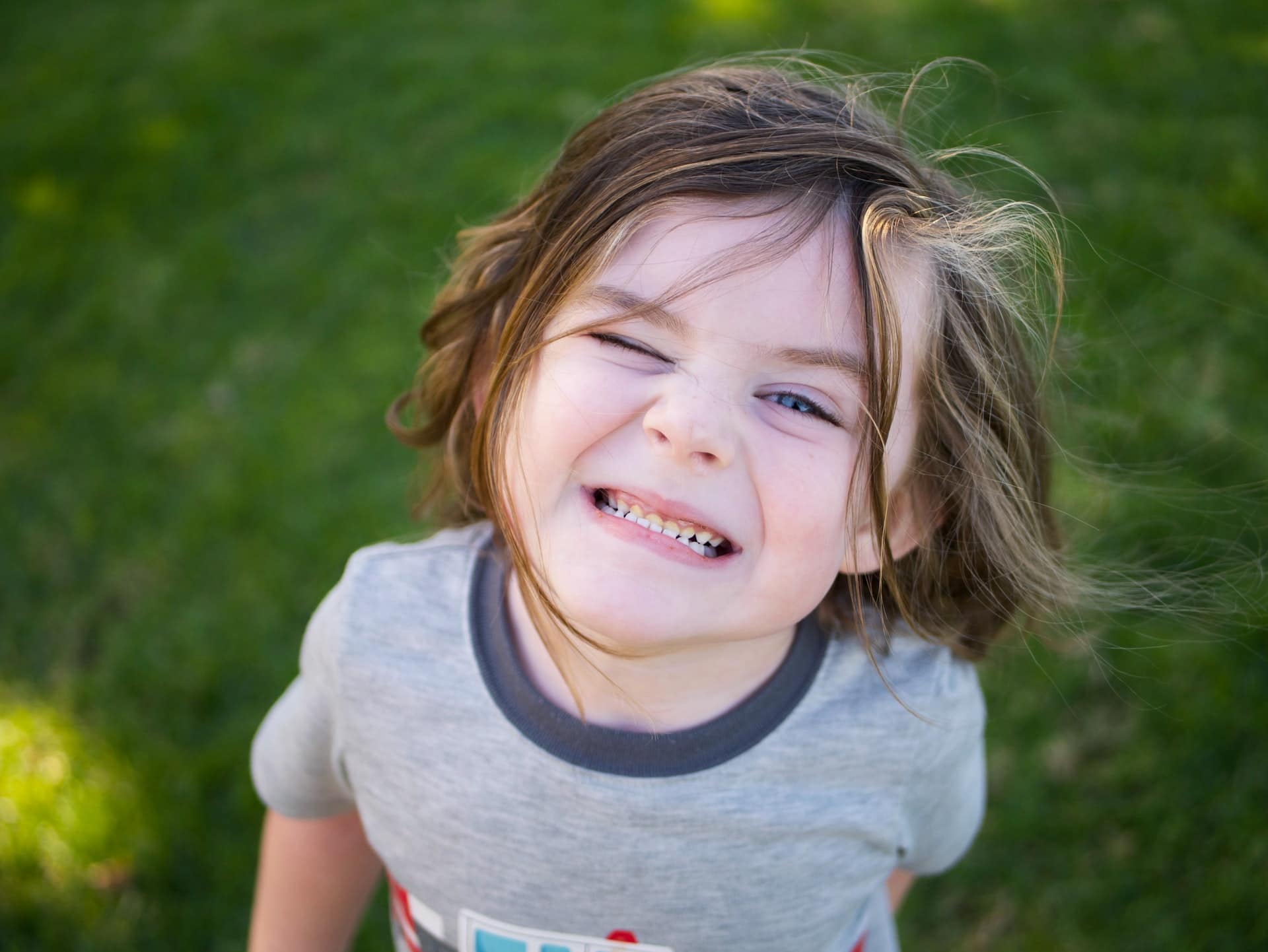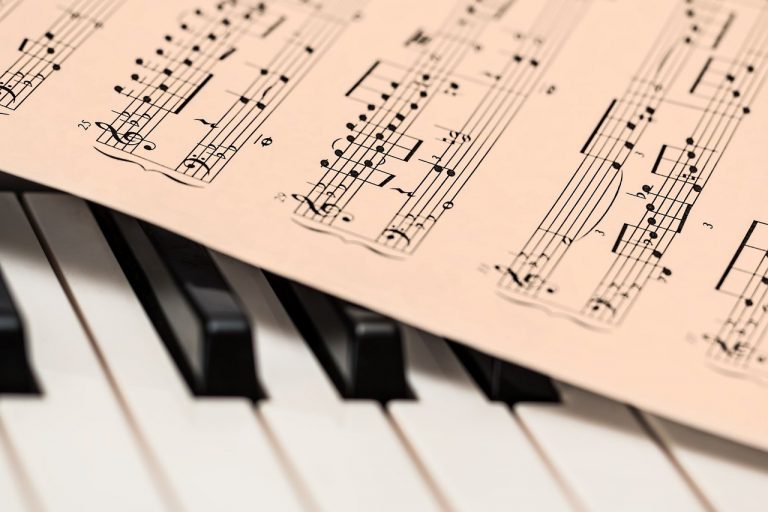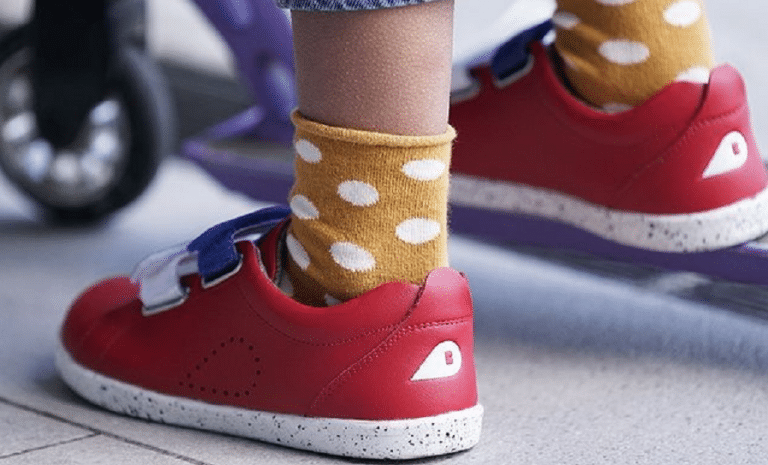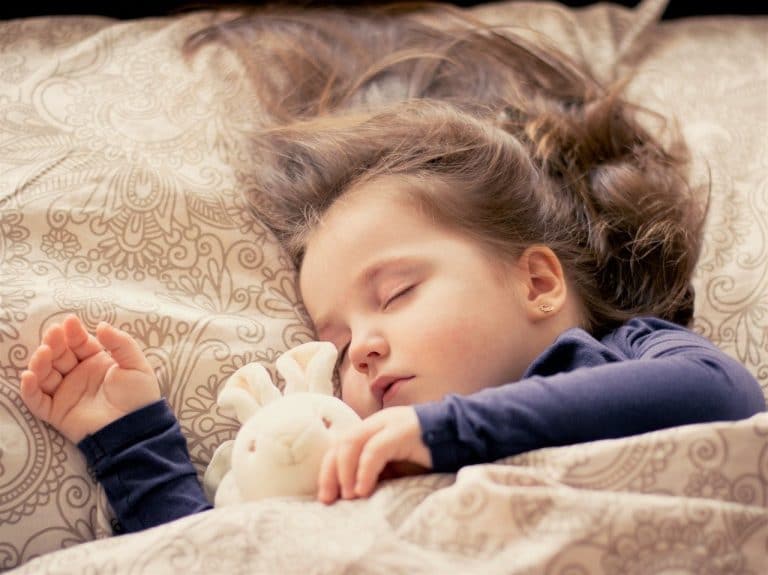The question of when kids lose their teeth has been asked for centuries. Some people believe that the loose tooth age is different for each child. But in reality, it’s usually between 6 and 12 years old. Kids lose teeth at different times and for different reasons. A child’s baby teeth usually begin to loosen and fall out to make room for permanent teeth by the appropriate age. However, sometimes it can be delayed up to a year.
If your child is still holding onto a tooth. That has been loose for more than a couple of weeks. It may be time to take them in for an appointment with the dentist. This blog post will help you plan for your child’s future teeth loss. By providing a timeline of how long children typically keep each set of teeth before losing them. So scroll up to know more.
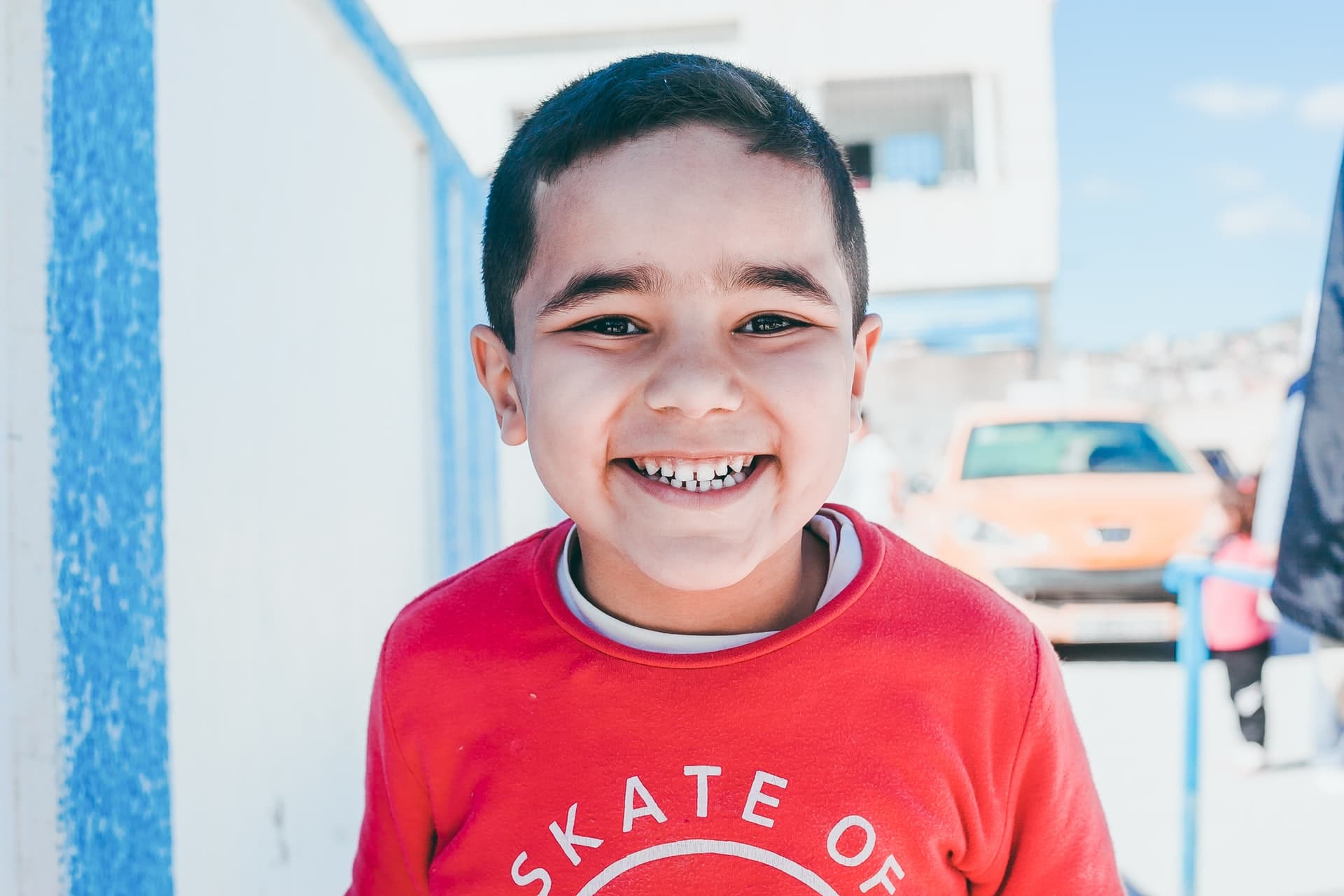
In This Article
When do kids start losing teeth?
Most children have lost all of their baby teeth by the age of 6. However, sometimes permanent teeth can come in late or slowly. This may cause baby teeth to remain for an extra year until the permanent ones are ready to replace them. Most parents are likely aware that kids tend to lose their teeth at a relatively young age. But it’s less common knowledge that there is actually a normal range for the timing of this process.
Though the first baby teeth to fall out are usually the two lower front teeth. And the two upper front teeth (upper central incisors). Followed by the lateral incisors, first molars, canines, and second molars. Baby teeth generally stay in place until they are pushed out of the permanent tooth. If a baby tooth is lost prematurely due to decay or an accident, a permanent tooth goes into the empty space. This can crowd the permanent tooth and cause them to become crooked.
Children usually lose their primary teeth first. Then the permanent teeth start to come in underneath them. Once the primary teeth are lost, permanent teeth start to move into their space. And your child will need braces to straighten these out. Baby teeth fall out and permanent teeth start coming in at about age six, but the sequence is different for each child. For some kids, the first adult tooth may come in as early as age 3. Others may not lose baby teeth until they are 8 or 9 years old.
Some children have problems with crooked teeth or have their baby teeth pulled out because they didn’t fall out on time. This is called delayed exfoliation. Sometimes this happens because the primary teeth are coming in late or are growing crooked. Both problems may be caused by genetics. But kids who take a lot of antibiotics also have an increased chance of developing. These kinds of dental problems.
How early are too early to lose a tooth?
Many parents worry about their child’s baby teeth. And wonder when they should expect them to fall out. The American Academy of Pediatric Dentistry recommends that a child’s first dental visit occur within six months after the eruption of the first baby tooth or by 12 months of age.
Once healthy teeth erupt, it is important for a parent to become familiar with their child’s teeth. And for a child to know that his or her teeth belong to them. A child should be reminded frequently about proper tooth brushing at least twice a day using fluoride toothpaste. And flossing once a day and limiting the intake of sugary foods and drinks throughout life.
Typically, a child loses their first tooth around 6 years old and erupts around 12 years old. Although this program varies greatly if your child loses their first tooth before age 3 or 4. It is cause for concern. The earlier this happens, the better since restoring teeth before decay or cavities start setting in has been found to be much less expensive and more successful.
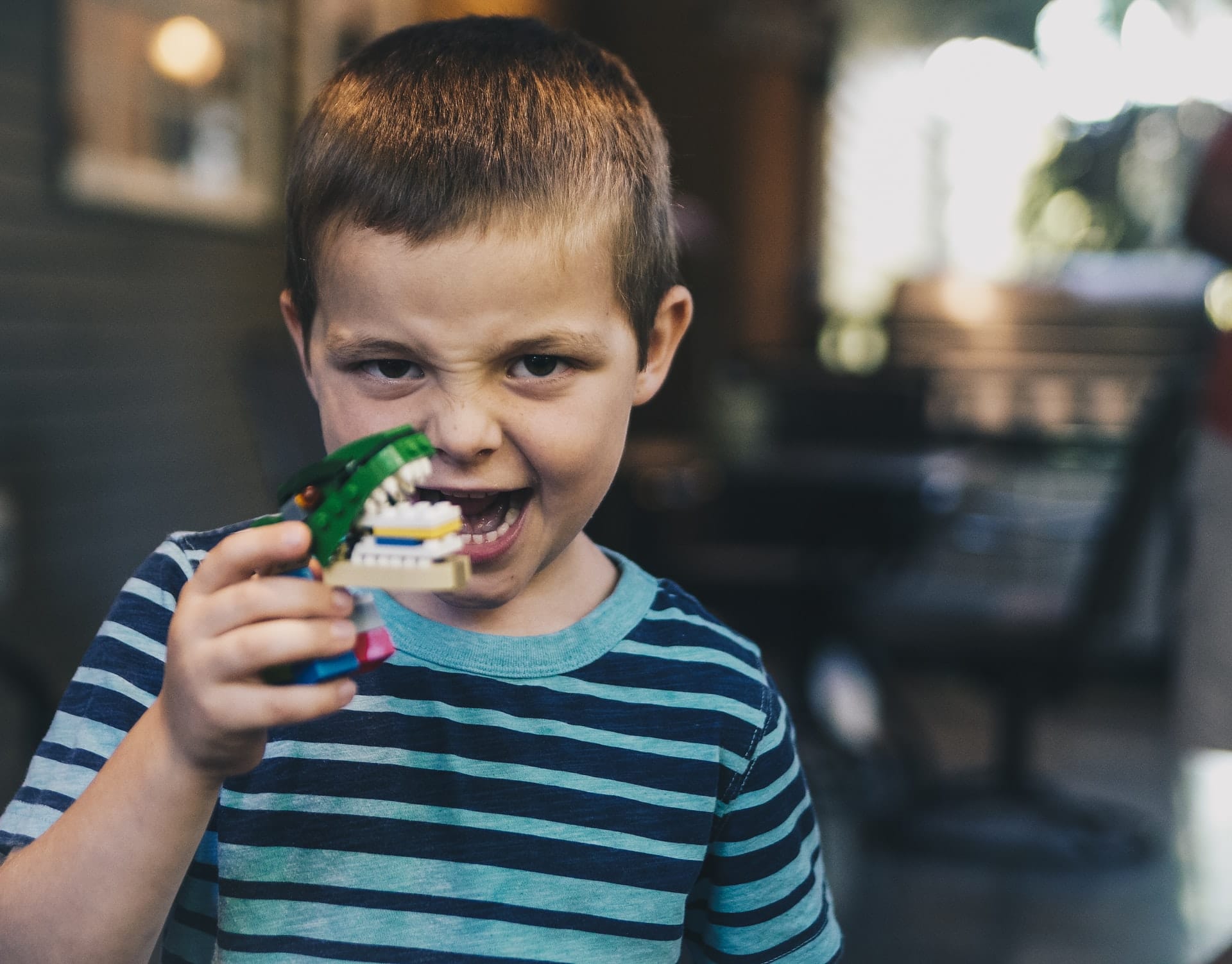
What if your child doesn’t lose a tooth on time?
As parents, one of our biggest fears is when our child’s permanent teeth don’t erupt on time. It usually happens with the first molars, but it can also affect other teeth as well. When this happens, it is most often due to a lack of space for the permanent tooth. In fact, when there’s too much space, there’s also a risk for teeth to develop wrongly.
The most common reason for a permanent tooth to not develop on time is because there’s simply not enough room for it in the jaw. This can be due to many factors but, as said before. Overcrowding happens more often than anything else. Other reasons could be the lack of a permanent tooth or an extra one.
Another reason for teeth to not come out on time could be because they are at risk due to the lack of space. This has nothing to do with their position in the jaw. But rather with how much room it will take for them to develop normally. Between 6 and 11 years old, baby teeth are at their biggest size.
Further reasons for the delayed eruption of permanent baby teeth could be trauma, radiation exposure, and certain types of medication being taken in the mother’s womb or in early childhood. But this is very rare and shouldn’t be taken into consideration unless it actually happens.
What to do after your kid loses teeth?
The growth, development, and eruption of the teeth in children is a complex process. With regard to their health and dental state, parents must closely monitor the child until his last tooth falls out. After losing a baby tooth, your baby’s gums may bleed. The child who has a broken tooth should wash his mouth with warm water or bite with a damp cloth. Any bleeding should stop within an hour.
There will be some problems, but after losing the first pair, the kids will get used to it. Saving teeth for the tooth fairy is a fun way for many parents to help children understand and deal with tooth loss. No matter the age, regardless of the number, size, shape, or location of the teeth. Early dental care and good dental habits are essential for a child’s oral health.
In the beginning, it is good to monitor and provide support. Ask your child to brush their teeth at least twice a day to prevent gum disease. Use fluoride toothpaste. Early visits to the pediatric dentist will help avoid dental problems in the future. Losing baby teeth is just a normal process around the age of growing.
In conclusion!!
Teeth are the only part of our skeleton that grows. They start to form in utero, and by age 6 or 7 all 20 baby teeth will have erupted through your child’s gums. When they reach their permanent adult size, these teeth usually last for 10-15 years before losing ground to tooth decay, gum disease, or trauma. In general, kids usually start to lose one of their front bottom incisors around 5 years old. This process lasting until about 7-8 years old when they’ve lost most of them. This means that by 8 years old, the majority of your elementary schooler’s baby tooth will be gone. We hope this article has been informative and you have learned when kids lose their teeth, respectively.

